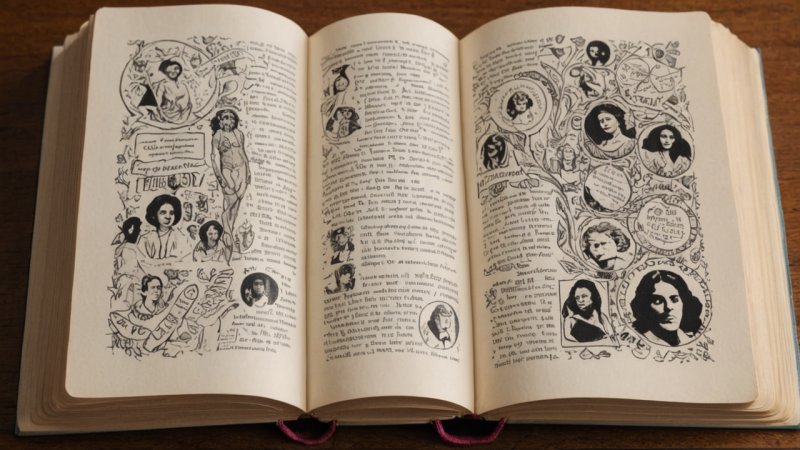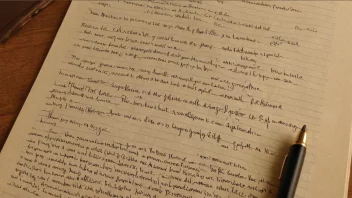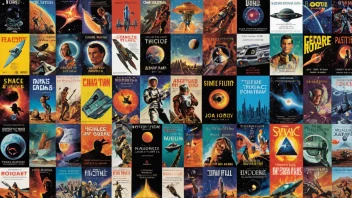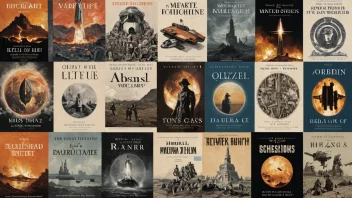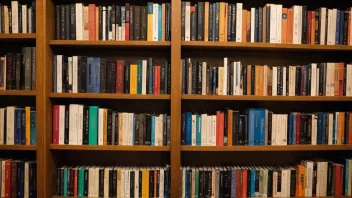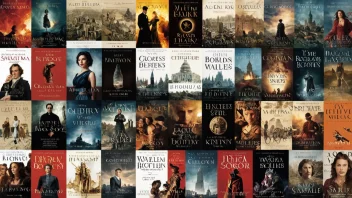Introduction
Feminist fiction has emerged as a powerful genre that not only entertains but also challenges societal norms and advocates for gender equality. In this article, you will learn how to explore feminist fiction, including key authors to read and significant works that have shaped the genre. By the end of this guide, you will have a deeper understanding of feminist literature and its impact on society.
Step 1: Understand the Foundations of Feminist Fiction
Before diving into the works, it’s essential to grasp the historical context and key themes of feminist fiction. This genre typically addresses issues such as:
- Gender Inequality: Examining the disparities between men and women in various aspects of life.
- Female Empowerment: Highlighting women's struggles and triumphs.
- Intersectionality: Exploring how different social categories (race, class, sexuality) intersect with gender.
Step 2: Discover Influential Authors
Feminist fiction is rich with influential authors who have made significant contributions to the genre. Here are some key figures to explore:
- Virginia Woolf: Known for her groundbreaking work, Mrs. Dalloway, Woolf's writing often delves into the inner lives of women.
- Margaret Atwood: Author of The Handmaid's Tale, Atwood’s dystopian fiction critiques patriarchal structures.
- Toni Morrison: Celebrated for her novel Beloved, Morrison explores the intersection of race and gender.
- Chimamanda Ngozi Adichie: In works like Americanah, she addresses issues of identity and feminism with a global perspective.
Step 3: Read Essential Works
Now that you have a list of authors, it’s time to pick some essential feminist works that encapsulate the genre's themes:
- The Second Sex by Simone de Beauvoir - A foundational feminist text that examines women's oppression.
- The Color Purple by Alice Walker - A novel that highlights the struggles of African American women.
- The Bell Jar by Sylvia Plath - A semi-autobiographical novel that explores mental health and societal expectations of women.
- Girl, Woman, Other by Bernardine Evaristo - A contemporary exploration of the lives of Black women in Britain.
Step 4: Engage with the Themes
As you read these works, take note of the recurring themes. Here are some discussion points to consider:
- Identity: How do the characters understand their identities in relation to society?
- Societal Critique: What criticisms are being made about gender roles and expectations?
- Personal Narratives: How do personal experiences shape the characters' journeys?
Step 5: Join Discussions and Book Clubs
To deepen your understanding and appreciation of feminist fiction, consider joining discussions or book clubs focused on the genre. Here are some tips to get started:
- Search for local or online book clubs that focus on feminist literature.
- Participate in literary forums or social media groups dedicated to feminist fiction.
- Attend author readings and literary events to hear insights directly from writers.
Step 6: Reflect on Your Reading Experience
After exploring feminist fiction, take time to reflect on your reading experience. Consider keeping a journal where you can:
- Write about your thoughts and feelings regarding the books you've read.
- Compare and contrast different authors' approaches to feminism.
- Identify how these works resonate with contemporary societal issues.
Conclusion
Feminist fiction offers a unique lens through which to examine society and the complexities of gender. By understanding its foundations, discovering influential authors, engaging with key works, joining discussions, and reflecting on your experiences, you can cultivate a deeper appreciation for this vital genre. Embrace the journey of exploring feminist literature, as it not only enriches your reading life but also contributes to the broader conversation about equality and justice.
